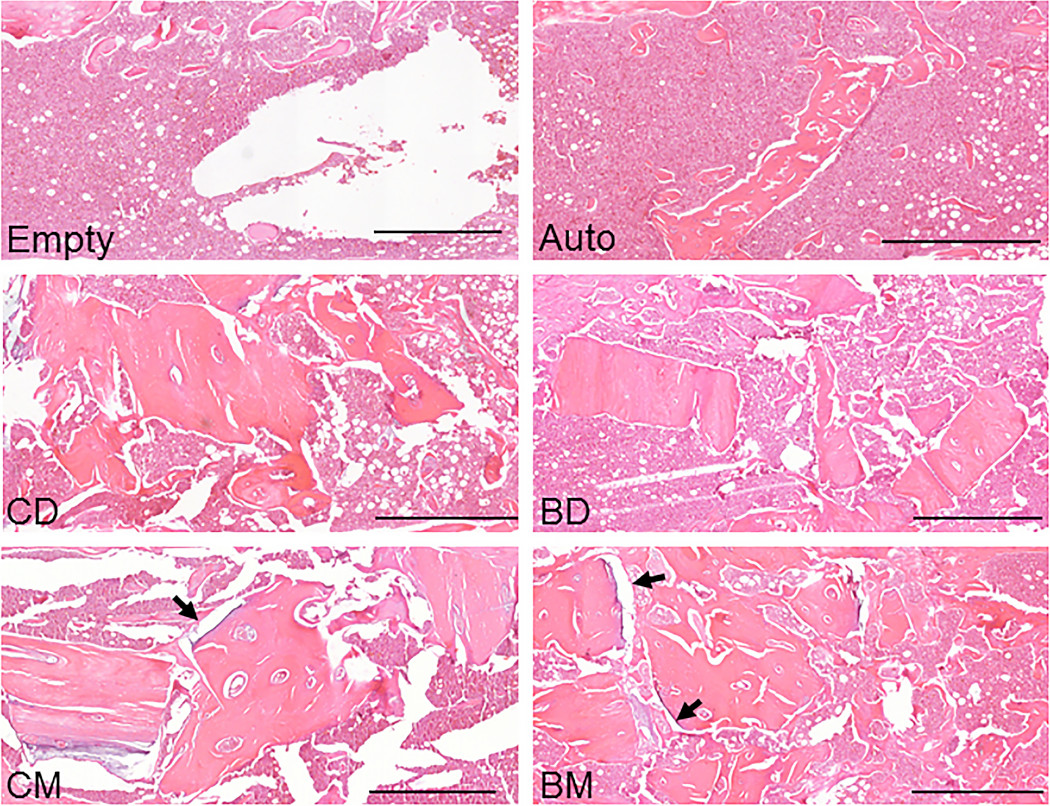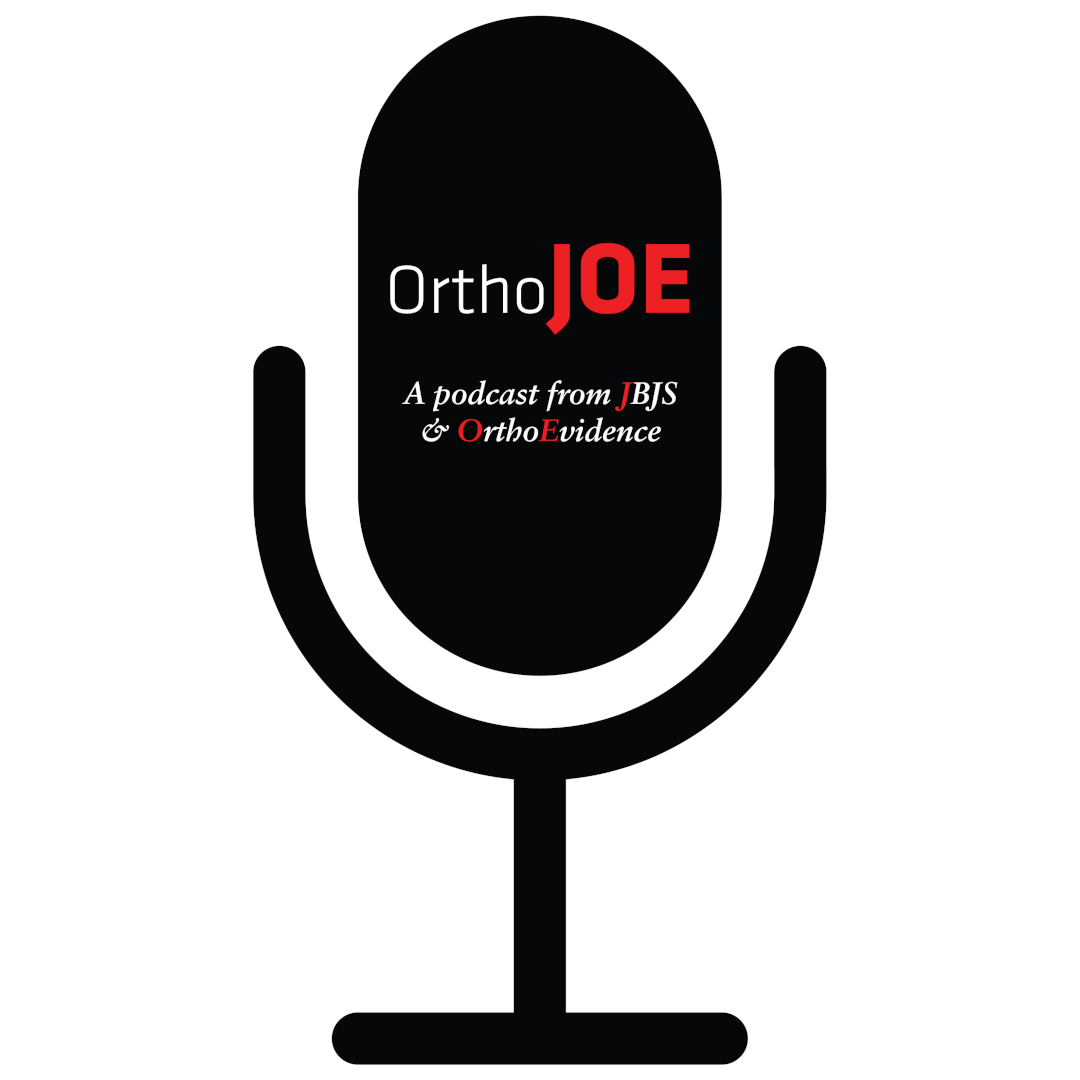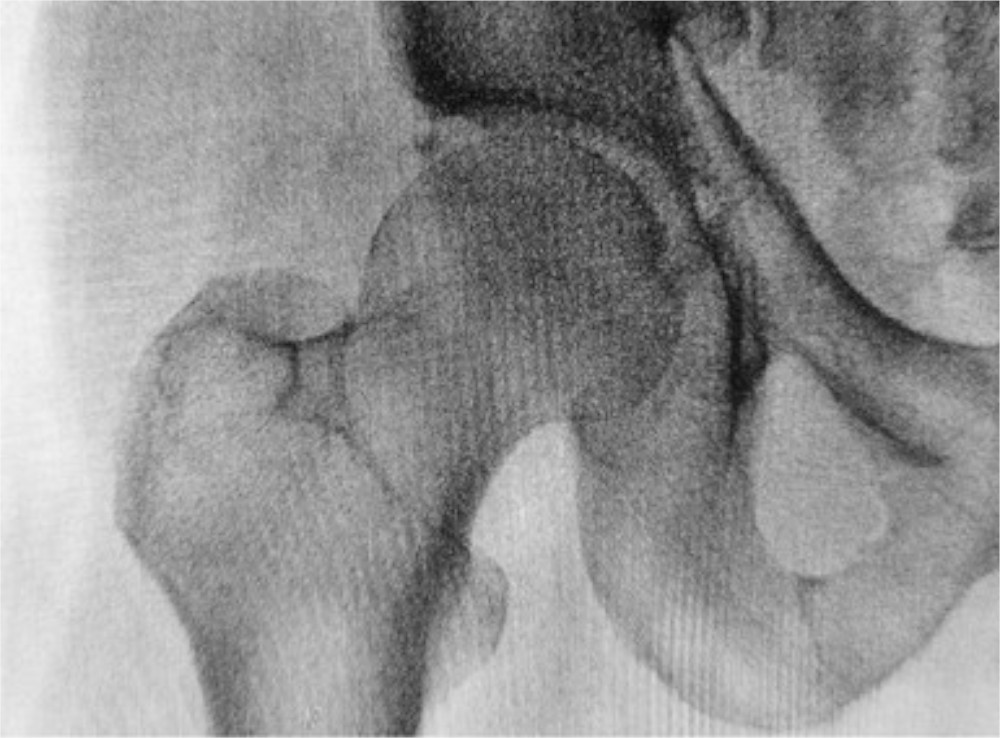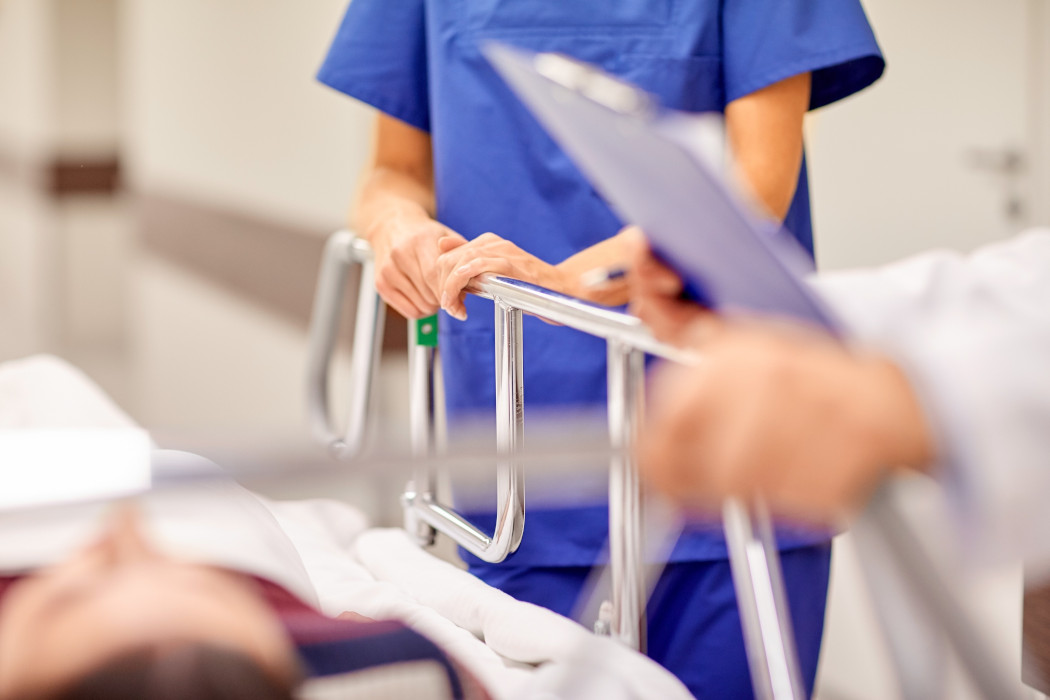In severe musculoskeletal trauma, studies suggest that patients may have better long-term outcomes when interventions in the early recovery period support psychosocial health needs. A
Category: Trauma

The findings of a new animal study suggest that bisphosphonate treatment in donors may indeed be relevant when mineralized allografts are used in orthopaedic procedures.

OrthoBuzz readers who’d like to learn more about the Major Extremity Trauma and Rehabilitation Consortium (METRC) are encouraged to check out the recent episode of

The recent JBJS Guest Editorial “What’s New in Osteoporosis and Fragility Fractures” provides an update on this important area of orthopaedic research. The authors review

A new study in JBJS examines noise levels during cast removal. In this post, JBJS Editor-in-Chief Dr. Marc Swiontkowski reflects on the importance of research

